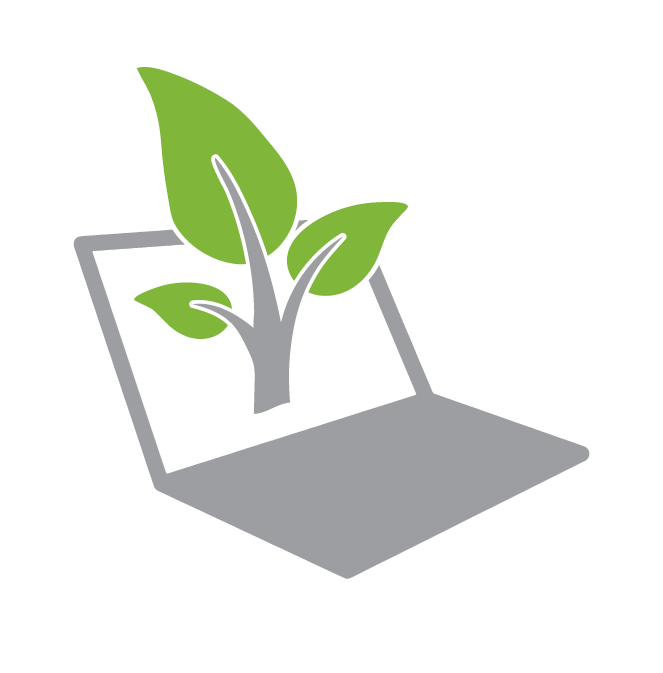Social media is in our faces everyday, whether you like it or not, at some point during the day, you can guarantee you will have some form of contact with it. This includes schools.
Teachers have profiles, parents of students will have profiles and students will even have social media profiles that they regularly check. But as we are sure you are all aware, with all the positivity and fun that comes with social media, there is also a dark side and it is this side which is of utmost importance to protect students and staff from in an educational institute.
Trolls, hackers, spam and cyber-bullying are just a few of the terms thrown around when describing the dark side of the internet - social media specifically - and it is these things that schools and education should be wary of and have procedures in place to avoid any negativity.
What's Good About Social Media?
Social media can help kids:
- Stay connected with friends and family
- Volunteer or get involved with a campaign, nonprofit, or charity
- Enhance their creativity by sharing ideas, music, and art
- Meet and interact with others who share similar interests
- Communicate with educators and fellow students
What's Bad About Social Media
The flipside is that social media can be a hub for things like cyberbullying and questionable activities. Without meaning to, kids can share more online than they should.
Most teens:
- Post photos of themselves online or use their real names on their profiles
- Reveal their birthdates and interests
- Post their school name and the town where they live
This can make them easy targets for online predators and others who might mean them harm.
Besides problems like cyberbullying and online predators, kids also can face the possibility of a physical encounter with the wrong person. Many newer apps automatically reveal the poster's location when they're used. This can tell anyone exactly where to find the person using the app.
Spending too much time on social media can be a downer too. Seeing how many "friends" others have and the pictures of them having fun can make kids feel bad about themselves or like they don't measure up to their peers.
There are things however, you as a Parent, Teacher or peer can do to start children’s social media journey in a safe and responsible way.
Social Media Safety Begins At Home
It's important to be aware of what children in your care are doing online and the key is to stay involved in a way that makes them understand that you respect their privacy but want to make sure they're safe.
Remind children that it's important to:
- Be nice. Mean behavior is not OK. Make it clear that you expect them to treat others with respect, and to never post hurtful or embarrassing messages.
- Think twice before hitting "enter." Remind teens that what they post can be used against them. For example, letting the world know that you're off on vacation or posting your home address gives would-be robbers a chance to strike. Teens also should avoid posting specific locations of parties or events, as well as phone numbers.
- Follow the ‘What Would Grandma Say?’ rule.Teach your children not to share anything on social media that they wouldn't want you, their teacher, future bosses — and yes, grandma — to see.
- Use privacy settings. Privacy settings are important. Go through them together to make sure students understand each one. Also, explain that passwords are there to protect them against things like identity theft. They should never share them with anyone, even a boyfriend, girlfriend, or best friend.
- Don't "friend" strangers. "If you don't know them, don't friend them." This is a plain, simple — and safe — rule of thumb.
Parents also can help keep kids grounded in the real world by putting limits on media use. Keep computers in public areas in the house, avoid laptops and smartphones in bedrooms, and set some rules on the use of technology (such as no devices at the dinner table or no internet after 9pm).
And don't forget: Setting a good example through your own virtual behavior can go a long way toward helping your kids use social media safely.
The Role Of The Teacher
Teachers have a primary role in shaping and forming a child’s future - in education terms and teachers themselves should know about how social media works and how they can take safety precautions themselves in order to protect their classroom.
It would even be a good idea to hold weekly social media lessons. Even as an extracurricular activity. This way you can not only learn yourself, but can help students learn how ensure social media is a positive experience for all.
By teaching yourself the basics of social media safety, you will also be giving parents peace of mind. We have listed a huge range of activities that parents can undertake to ensure there child stays safe whilst on the internet, but we appreciate a lot of parents won’t have the time to put a huge focus on this. This is where the teachers come in.
If you are clued up and in the know about all things social media, you can give parents peace of mind that they can trust you to not only look after your students online and off but can also pass on the information to them, and their children.
Social Media In Schools
A lot of the safety in schools will be down to the students, being observant and willing to report anything they may have seen during school or out of school that would be a concern to the school. However there are some basic tools that Schools can implement to attempt to stay safe.
For instance having a secure connection through the chosen internet provider is a good place to start. Anti-virus software can also help you out here, as it will reduce the amount of spam and potential viruses that affect social media, think Tweet bots etc. Computeam offer these tools as part of their Computeam Secure package. More details can be found here.
There are also monitoring tools that allow you to see what sites are being visited whilst on School computers so if there were any strange searches or pages being visited you could nip it in the bud before it got out of hand.
While it may seem like a daunting task, social media safety isn’t as complicated as it may first seem. At the end of the day, it is a group effort. School boards, teachers, parents and the students themselves all need to be honest, open, and responsible when using social media in order to maintain a secure and safe environment.



 Learning Locker
Learning Locker Climate project
Climate project